Chinese automaker BYD puts the world on notice with Shark Plug-In Hybrid pickup. The Shark is the first production PHEV pickup in the world and is shaping up to be a potent player in the global pickup truck market.
Chinese EV and Hybrid juggernaut BYD just launched its first pickup, which is called Shark, a most appropriate name for a vehicle that is set to expand the brand globally. The worldwide launch event of the Shark pickup was unprecedented for BYD, because it was the first one the manufacturer has made out of China and it was made in Mexico, which is basically the backyard of the USA, a country in which the best-selling vehicle is a pickup, the Ford F150.
However, the Shark is also previewing a broader future for the pickup market where plug-in hybrid powertrains will become more important to meet tightening emissions standards and is perhaps showing that China, not the U.S, will become the next automotive superpower
BYD Shark’s simple design hopes to please the masses
Unlike arch-nemesis Tesla´s eccentric and controversial Cybertruck, the BYD Shark has a more conventional design which should make it more useful and easier to manufacture in large quantities, and with greater quality. No stainless-steel exoskeleton here, the BYD Shark has traditional body-on-frame construction, with the cargo box built separately from the passenger compartment. And no fastback body here either, the BYD has a more mainstream four-door double cab layout, a shape that is shared with dozens of brands of pickups worldwide and is becoming more popular with family buyers looking to haul passengers when not out on the job site.
We got our first glimpse of the Shark at an exclusive event in Mexico City, and while the design is certainly distinctive, it’s clear that BYD designers took plenty of inspiration from current pickup models. The front fascia has some elements that we have seen before in the F-150 Lightning pickup while the rest of the profile is a copy-and-paste infusion of traits from other models. The Shark will have plenty of rivals to contend with in the global marketplace including the international market version of the Ford Ranger and having a design that draws eyes to it will help the truck stand out in a crowded segment.
Comfort and tech make this predator shine
Slip inside the Shark and you’ll find an interior that’s modern and composed with material quality reflecting some of the improvements that Chinese automakers have made in recent years in that regard. A 10.25-inch digital instrument cluster is standard and is joined by a large 12.8-inch touchscreen infotainment system. The infotainment system borrows a page from Fisker’s playbook and has the ability to rotate which allows the driver to either have a vertical or horizontal view. Apple CarPlay and Android Auto are standard along with BYD’s “Karaoke” mode. That latter feature may seem odd at first glance, but it’s a popular feature in China with the setup coming with a microphone and the ability to view song lyrics on the infotainment screen if the app component is installed.
The double cab layout also helps enhance passenger room especially for rear passengers when they want to stretch out and relax on long road trips. In addition to creating more space, the double cab version is also an attempt by BYD to maximize the truck’s sales reach especially when compared to a cab configuration that might force owners to sacrifice passenger or cargo hauling ability.
PHEV powertrain is circling potential prey
Performance for the Shark comes from a plug-in hybrid powertrain which makes the BYD pickup the first production mid-size pickup in the world to come with this configuration. In the case of the Shark, power comes from a front-mounted turbocharged 227 hp 1.5-liter four-cylinder that is mated with a rear-mounted 202 hp electric motor to produce a combined system output of 430 hp. This allows the Shark to make the sprint to 62 mph in 5.7 seconds before topping out at 100 mph.
The small displacement four-cylinder may seem like an odd choice for a pickup, but BYD’s decision stems from both necessity and consumer feedback with small engines like the one in the Shark being a popular choice for the majority of customers especially in the Chiese home market. The electric motor also helps give the Shark all-wheel drive and when it’s not being tasked with stoplight sprints, the truck can get 31.3 mpg from the ICE engine while its electric motor is capable of achieving 62 miles of range when measured on the NEDC scale.
A 29.58 kWh Lithium Pherrophosphate (LFP) battery pack mounted under the cab provides the juice for the electric motor and is also a part of the Shark’s structure which boosts torsional rigidity by 22%. The pack also has BYD’s innovative Blade technology which makes the pack highly resistant to punctures and also lowers the surface temperature to 140 Fahrenheit when punctured. That’s a noticeable improvement when compared to other battery packs which can reach temperatures of over 900 Fahrenheit and aggressively brun if they are set ablaze.
More EV Stories
- Chinese Automaker BYD Unveils EV Supercar, Updated Dolphin EV
- Chinese EV Imports Pose “An Extinction Level Event”
- Tesla Sets Sales Record – But Still Misses its Target as BYD Closes the Gap
Not coming to the U.S.
While the 2025 BYD Shark will go on sale in other global markets, the truck will not be sold in the U.S. BYD and other Chinese automakers have considered establishing a sales network in the U.S., but with the Biden Administration recently announcing that it’s going to raise tariffs on Chinese imports by 100% look for those plans to potentially remain as mere thoughts in the board room versus becoming established reality.
In the meantime, the only way that U.S. buyers will get to see a Shark is if they cross the border into Mexico where the Shark will be sold at BYD dealerships there. In that country, the Shark will start at $889,980 pesos ($53,923 USD) for the base GL model. Buyers looking for more equipment will have to go up to the $969,800 peso ($58,106 USD) GS version.
BYD is also planning to open a manufacturing plant in Mexico to enhance global production but while the company has made it clear that this facility will not be used to make production units for the U.S. federal regulators and U.S. automakers remain wary with some raising questions about whether the company is planning to exploit potential loopholes in NAFTA to try and skirt U.S. tariffs.

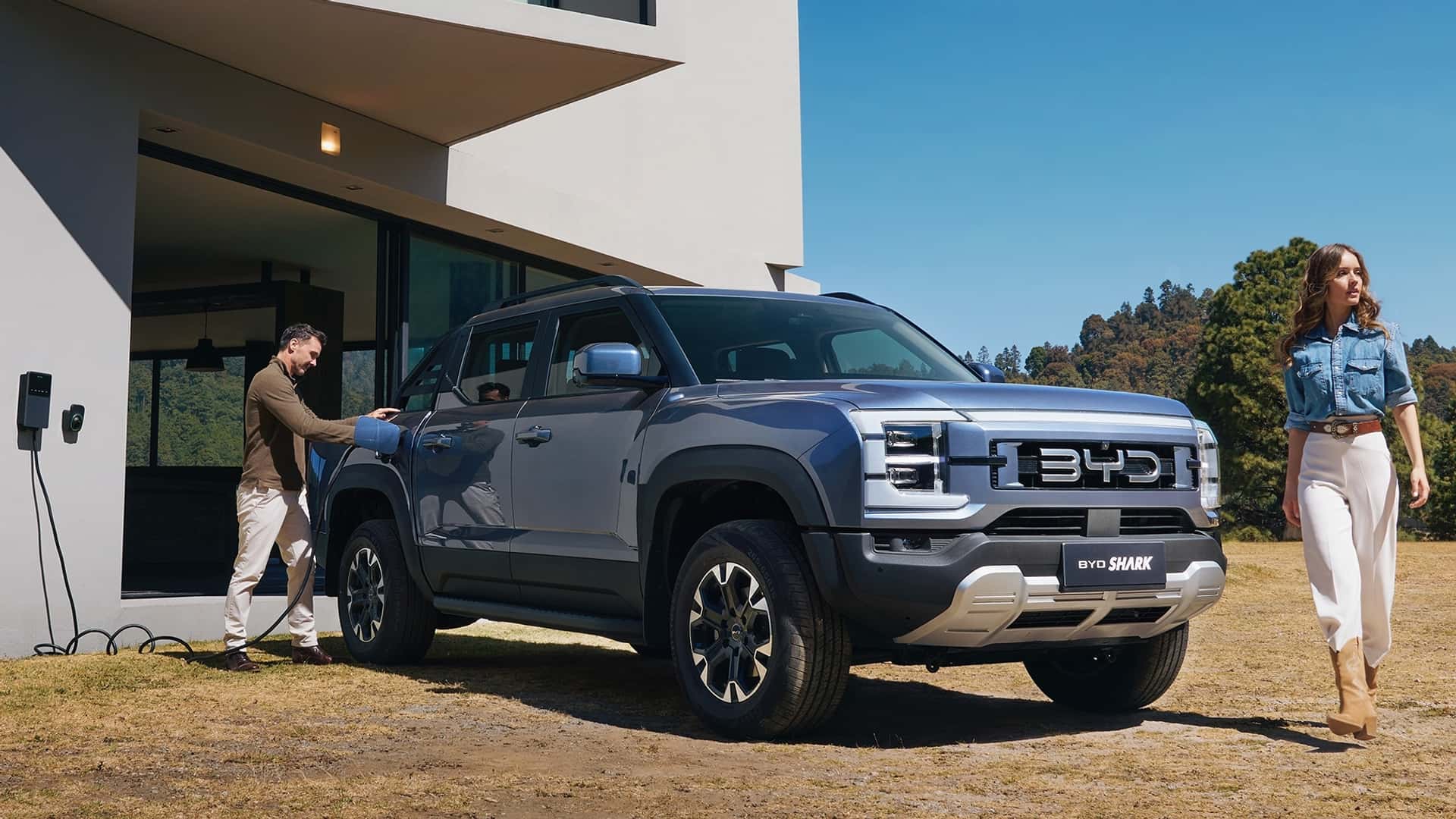
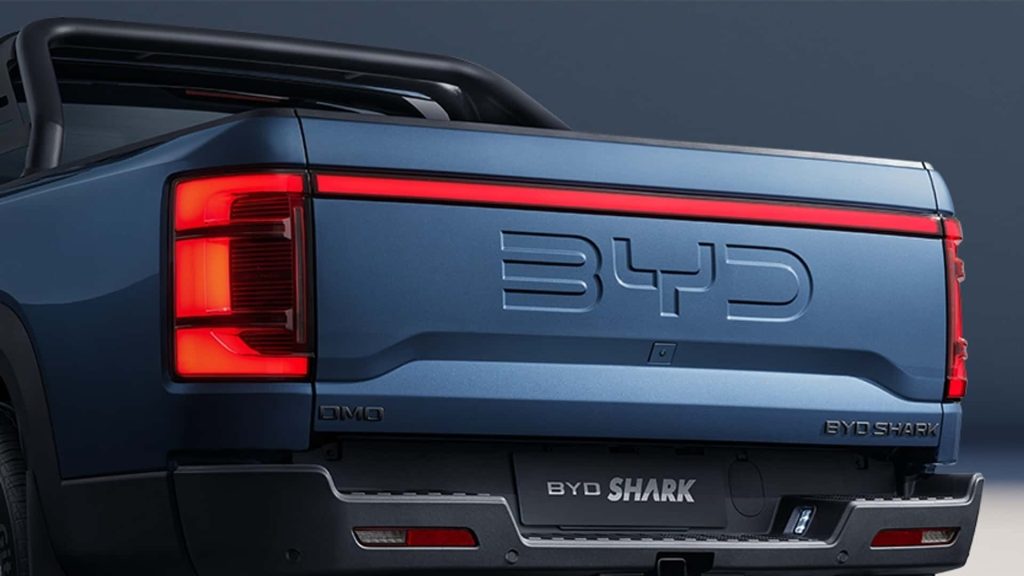
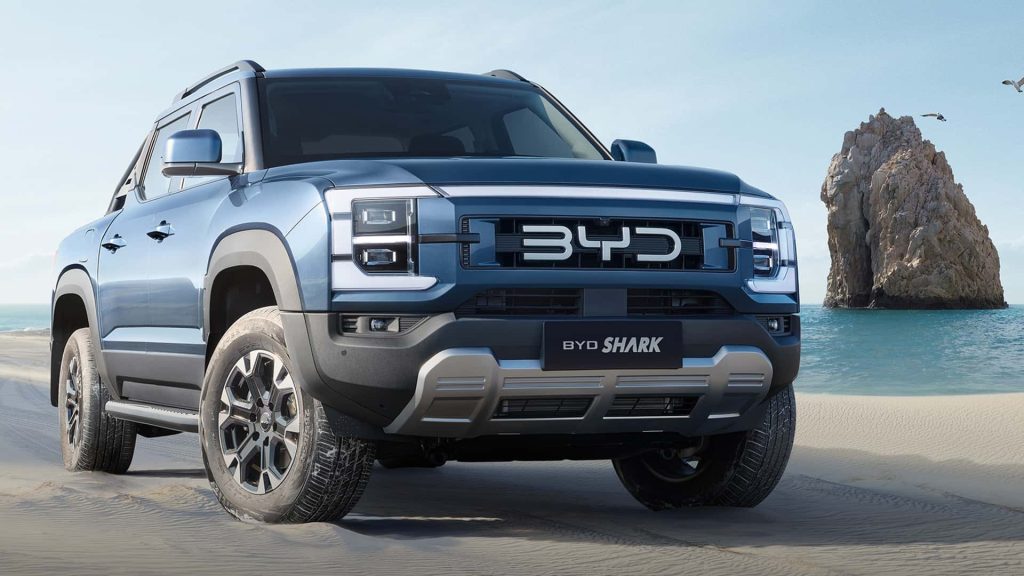
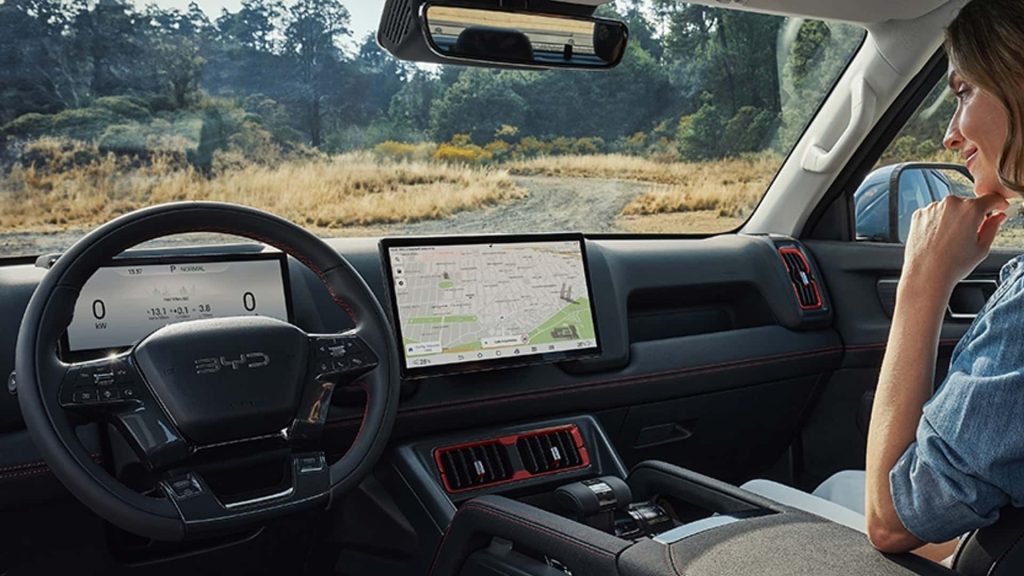
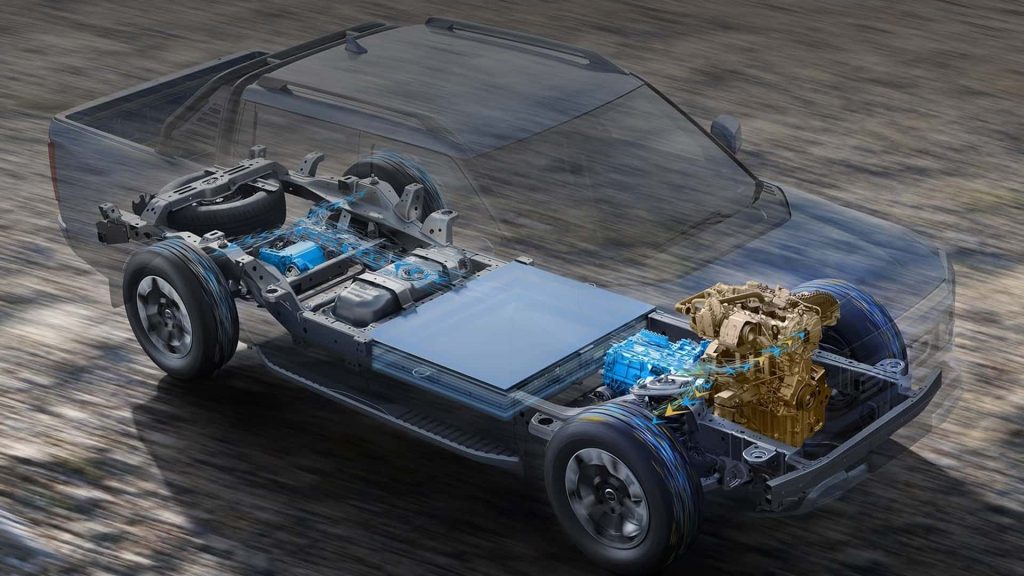
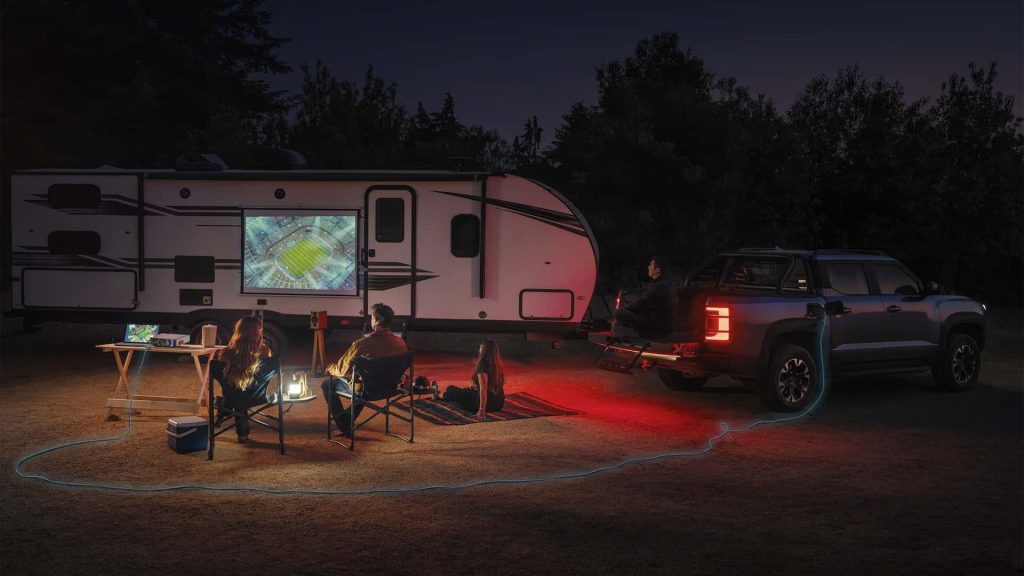

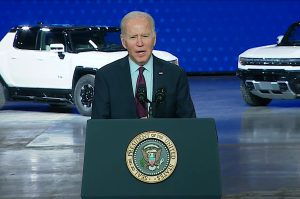

0 Comments